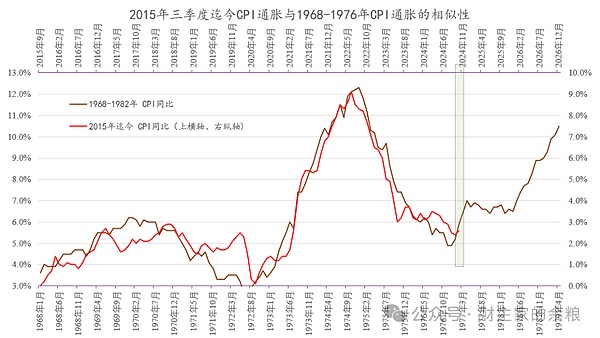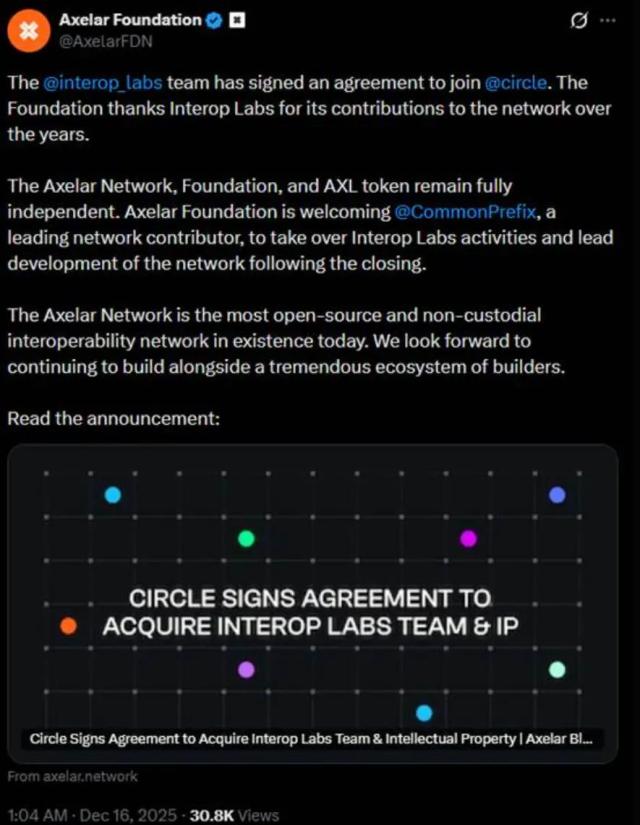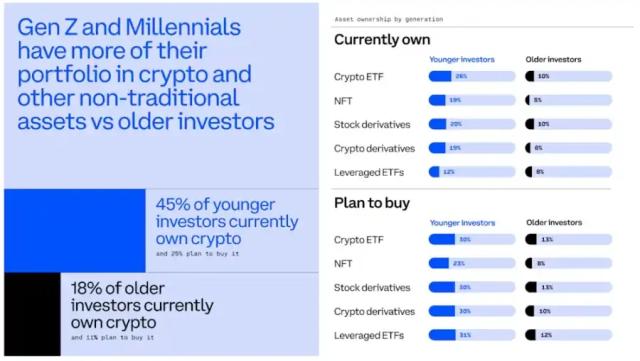This article is a continuation of the previous two articles:
Did the Sichuan King not pay taxes?
Wash the world with tariffs?
As is well known, there are many eponymous economics in the world, but not many have become famous worldwide, such as Mugabe economics, Chavez economics, and Erdogan economics.
Relatively speaking, Mugabe economics and Chavez economics are low-end, the essence of which is simple and crude - whenever there are economic troubles, just print money; if printing money cannot solve the problem, it is because you have not printed enough!
However, the one who can really summarize a set of impressive theories is Erdogan economics. This Turkish president, who is similar to Trump in many ways, is also highly loved by the grassroots in Turkey for his "know-it-all" attitude.
Erdogan's famous saying is:
"Interest rate is the cause, inflation is the result, the lower the interest rate, the lower the inflation rate."
You can see, after Erdogan took office in Turkey (as prime minister in 2002), low interest rates corresponded to low inflation, and high interest rates corresponded to high inflation, the data has clearly demonstrated the "correctness" of Erdogan economics...
So, printing money and inflation are not related. From 2002 to 2024, even though Turkey's broad money supply increased from 45.8 billion lira to 16.55 trillion lira, inflation is not related to printing money, as long as the Central Bank of Turkey can maintain low interest rates, Turkey's inflation will go down... even if they print 1 quadrillion lira.
During the presidential election, in addition to proposing policies such as reducing income tax and raising tariffs, Trump also boasted that after he took office, the US interest rate would drop significantly and US inflation would also drop significantly...
Suddenly, I feel that Trump has transformed into Erdogan, and the two "know-it-all" have merged into one.
So, we need to ask, after Trump takes office in 2025, is it possible to achieve low interest rates and low inflation?
First, we need to define the standards, what is low inflation, and what is low interest rate?
Low inflation is easy to define, the central banks of the world generally recognize that CPI growth rate below 2% can be called low inflation, so this standard is relatively easy to define.
What about low interest rates?
Under Erdogan's rule, Turkey has had less than 1 year with interest rates below 5% in the past 23 years, most of the time it has been above 10%, and 1/3 of the time it has been above 20%, and now it is as high as 47%, in Erdogan's view, 5% should be considered extremely low interest rates.
As for the US, over the past 20 years, the federal funds rate has never exceeded 5.5%, and most of the time it has been maintained at an extremely low level of 0.25%. So Trump's idea of low interest rates is definitely not the current interest rate of around 5%. During Trump's first term as president in 2018, when the Fed only raised the benchmark rate to 2.5%, Trump was already yelling and demanding that Powell be fired and interest rates be lowered.
Based on this, we can conclude that an interest rate below 2.5% is what Trump expects to be low interest rates. So we can set the low interest rate standard at 2.5%.
With these two standards, I can analyze the relationship between low interest rates and low inflation in US history.
The chart below shows the comparison of the US federal funds rate and the monthly CPI inflation rate over the past 70 years.
Excluding the absolute control of interest rates by the federal government during World War II, and ignoring individual time points, there have been 7 periods when the US interest rate was below 2.5% and the inflation rate was below 2%:
(1) January 1949 - July 1950, lasting 1.5 years;
(2) October 1952 - April 1956, lasting 3.5 years;
(3) October 1960 - April 1962, lasting 1.5 years;
(4) October 2001 - April 2004, lasting 2.5 years;
(5) November 2008 - February 2011, lasting 2.5 years;
(6) May 2012 - November 2016, lasting 4.5 years;
(7) December 2018 - February 2021, lasting 2 years.
Period (1) was the economic recession after World War II, coupled with the slowdown of the Marshall Plan to aid Europe, leading to excess capacity in the US and a significant drop in inflation compared to the war period, coupled with the federal government's mandated low interest rates - this period ended with the outbreak of the Korean War, causing inflation to rise again.
Period (2) was the economic recession after the Korean War, with excess capacity in the US causing a significant drop in inflation compared to the war period, coupled with the federal government's mandated low interest rates - this period ended with the federal government handing over interest rate decisions to the Fed and the market, abandoning absolute control over money and interest rates, which also established the Fed's "independent status" from other government departments.
Period (3) was a normal economic recession in the US, causing low inflation, then the Fed lowered interest rates to stimulate the economy, resulting in a period of low interest rates and low inflation, which ended with the outbreak of the Vietnam War.
Period (4) was the economic recession after 9/11, causing low inflation, then the Fed lowered interest rates to stimulate the economy, resulting in a relatively long period of low interest rates and low inflation, which ended with the overheating of the US real estate market.
Period (5) was the deep economic recession after the global financial crisis, causing low inflation, then the Fed lowered interest rates to 0 and implemented large-scale QE to stimulate the economy, resulting in a period of low interest rates and low inflation, which ended with the implementation of QE2.
Period (6) is very special, as there was no economic recession during the US economic recovery, but it was a time of rapid urbanization and manufacturing capacity in China, and the post-Cold War globalization peak, with China's cheap and good quality goods flooding into the US and suppressing inflation, and the Fed was also happy to maintain low interest rates - this period ended with Trump taking office, cutting income taxes to stimulate the US economy, and launching a trade war, causing inflation to rise.
Period (7) is during Trump's tenure, the US had just reached the peak of the last round of interest rate hikes, inflation had not yet risen, corporate debt had peaked, and then the pandemic outbreak, causing a sharp drop in the inflation rate, coupled with the Fed cutting interest rates to 0 again and implementing unlimited QE, this period ended with the inflation rise caused by unlimited QE and the supply chain disruption due to the Russia-Ukraine war.
In summary, the common feature of these 7 periods of low interest rates and low inflation is that the economy was in a recession. Among them,
Periods (1), (2), (3), and (4), the US was still the world's number one manufacturing country at the time, and after the war or a period of prosperity, there would be excess capacity, leading to low inflation, then the government would control and lower interest rates, or the Fed would stimulate the economy by lowering interest rates, resulting in a period of low interest rates and low inflation.
Due to the hollowing out of the manufacturing industry, the conditions of (1), (2), (3), and (4) no longer exist in the US.
Situation (5), where the outbreak of the financial crisis led to a deep recession in the US economy and low interest rates and low inflation, should be the result that Trump particularly does not want.
(6) In this case, due to the peak stage of globalization that has lasted for thousands of years, coupled with the unstable economic recovery in the United States at the time, the Federal Reserve deliberately maintained a 0% interest rate, which led to a period of low interest rates and low inflation. That is to say, under the current situation of the hollowing out of the U.S. manufacturing industry, only the largest scale of globalization can bring about low inflation, and can also allow the Federal Reserve to comfortably lower interest rates.
(7) In this case, the initial situation was close to causing a recession in the U.S. economy, and later due to the pandemic crisis, the U.S. economy was truly plunged into recession, unless Trump hopes to experience another U.S. economic recession or global pandemic crisis, otherwise, this situation is also not replicable.
Therefore, Trump's promised low interest rates + low inflation either means the U.S. economy is in recession, or it is at the peak of globalization - and according to the political correctness of current U.S. politicians, it is to decouple from China, raise tariffs, and reverse globalization, which is completely contradictory to Trump's low interest rate + low inflation policy.
Moreover, Trump also claimed to impose large-scale tariffs and expel illegal immigrants.
Unfortunately, most of the daily consumer goods in the United States now come from imports, and a large-scale increase in tariffs will inevitably lead to a rise in the prices of daily consumer goods, which will ruin Trump's low inflation.
It is also because of the large number of illegal immigrants that have lowered the price of inflation in the U.S. service industry, if according to what Trump said, he will use the military to expel illegal immigrants as soon as he takes office, it means that countless cheap labor force engaged in the U.S. service industry will disappear, which will lead to a surge in service inflation prices, and it will be even more impossible to reduce inflation.
The most fatal thing is that the current decline in U.S. inflation is likely to be nearing the end...

Trump should think about his "role model" Erdogan, although he put forward the theory of "low interest rates lead to low inflation" that refreshes economic common sense, but his government has been working hard to control Turkey's inflation of more than 50% in the past 3 years, at this time, Erdogan has not seen to come out and say that lowering interest rates can curb inflation, but instead tacitly allowed the central bank governor he appointed to raise Turkey's interbank lending rate to the global high of 47% (no decimal point).
Even so, Erdogan has not seen the low inflation he wants.
Not to mention that low inflation is difficult to achieve after Trump takes office, low interest rates are also difficult for him to achieve - because although the power of the U.S. president is great, and in this election, the Republican Party has taken control of 4 out of the 5 major power institutions in the United States (the president, the Senate, the House of Representatives, and the Supreme Court), unfortunately, the Federal Reserve is not something that Trump can take control of just because he wants to.
Because the Federal Reserve really has a certain "independence", the U.S. president cannot fully control the Federal Reserve.
Although Trump often shouts that he wants to fire Powell, in reality, as long as Powell insists on not resigning (he has stated several times that he will not resign), Trump will be at a loss, and we will discuss this in a separate article.









